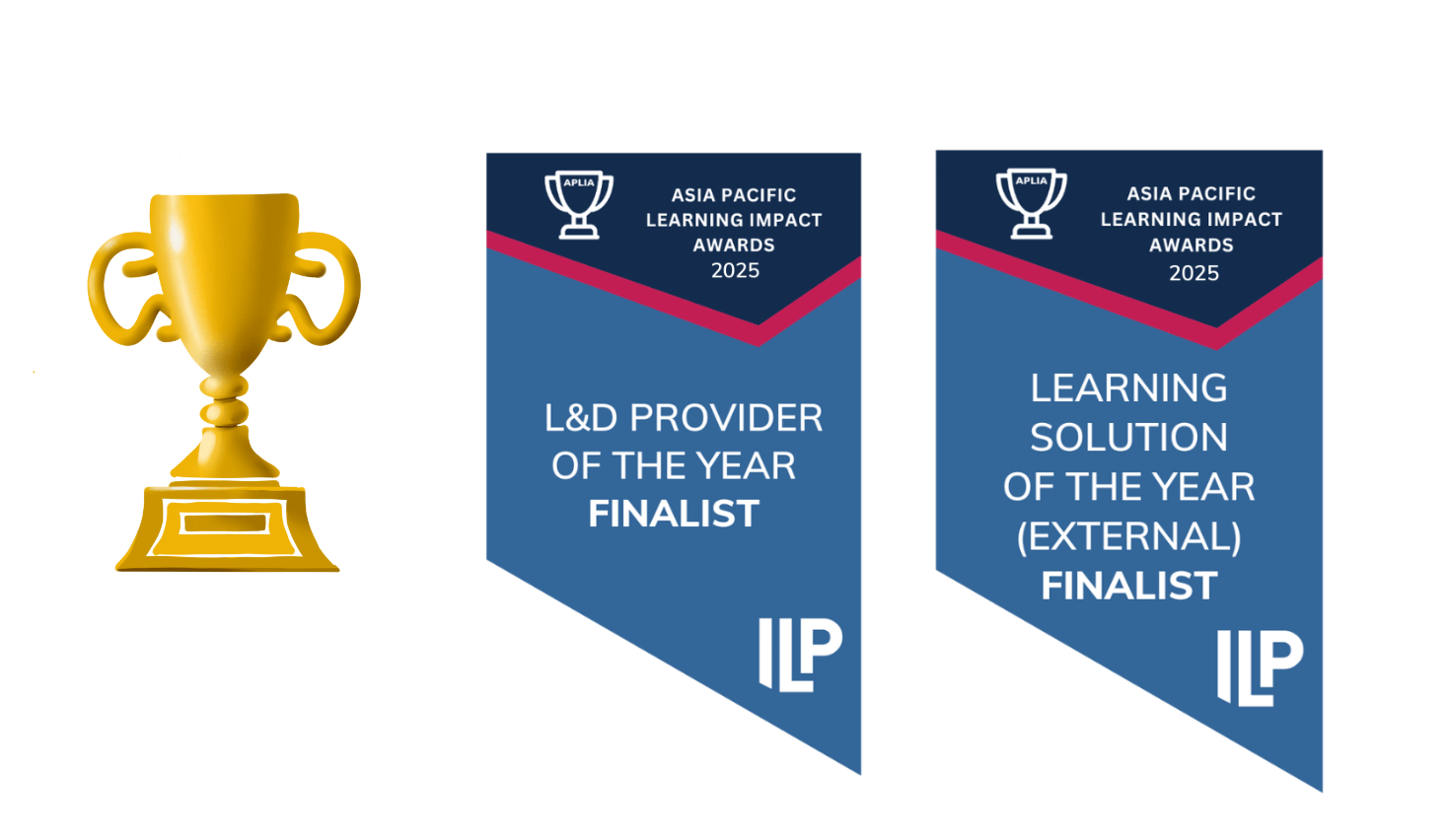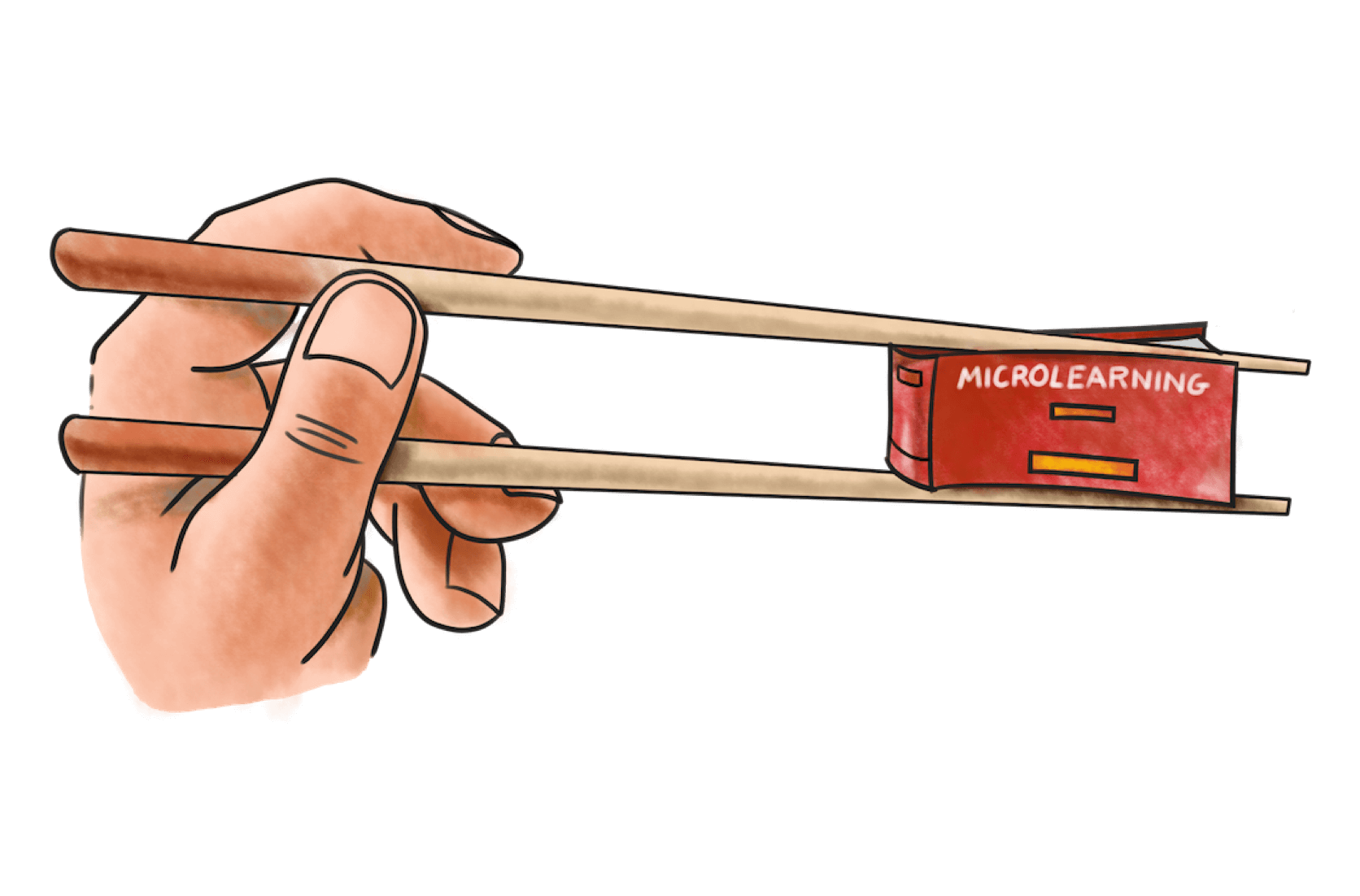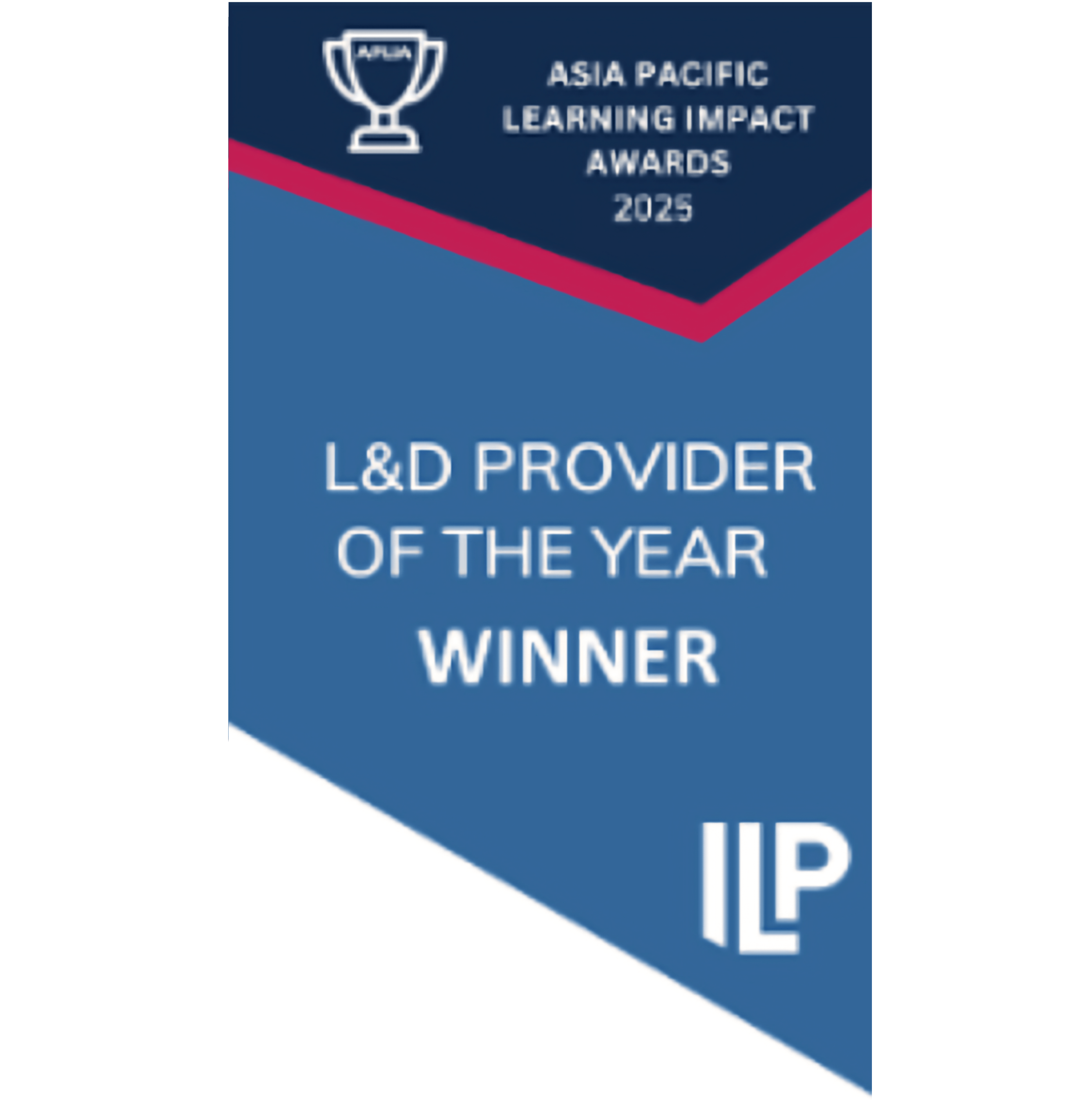
In 1984 Benjamin Bloom authored a seminal paper called The two sigma problem: the search for methods of group instruction as effective as one-on-one tutoring.
Bloom presented findings that one-on-one tutoring, followed by regular tests and feedback, resulted in the average student performing 2 standard deviations (sigma) above the average of the control class.
2 standard deviations is roughly 2 whole grades, say a C to an A. A massive improvement!
The tutoring group also spent more time on learning tasks and had the most positive attitude of the three groups at the end of the experiment.
The results are still referenced over 30 years later because they demonstrated that most students have the potential to achieve mastery of a given topic. And that conversely, it was the way they were being taught, rather than an inherent lack of ability that was preventing them from achieving mastery.
In fact about 80% of students under conventional teaching performed relatively poorly, compared with how they may have performed under tutoring.
The paper is referred to as Bloom’s 2 sigma problem, since although ideal, small group tutoring is often impractical due to time and cost constraints. So the paper looks at ways in which students can achieve similar results, with more practical teaching methods.
But first, the experiment
School students were randomly assigned to one of 3 groups- Conventional, Mastery Learning and Tutoring.
Conventional: 30 students per teacher. Tests were given periodically for marking. This was the control group.
Mastery Learning: 30 students per teacher (usually the same teacher as the Conventional class). Periodic tests were given for feedback, followed by corrective procedures and further tests to determine how well each student had mastered the topic. Mastery was considered achieved with a test result of 80% or higher.
Tutoring: Up to 3 students per tutor. Periodic tests were given for feedback, followed by corrective procedures and further tests to determine how well each student had mastered the topic. Mastery was considered achieved with a test result of 90% or higher.
The results
Mastery Learning resulted in students performing 1 sigma above the average of the control class e.g. 1 grade increase from a B to an A.
Tutoring resulted in the average student performing 2 sigma above the average of the control class e.g. 2 grade C to A. Significantly, the need for corrective work under tutoring was very small.
About 90% of the tutored students and 70% of the mastery learning students attained the level of summative achievement reached by only the highest 20% of the students under conventional instructional conditions”.
Wow.
So why were the master learning and tutoring effects so powerful?
Bloom believed it was largely due to the constant feedback and corrective processes that students in the Mastery learning and Tutoring groups were exposed to.
A key focus of the Mastery Learning approach was corrective feedback, where students received specific feedback on areas of prerequisite knowledge in which they lacked. These areas were identified for review and relearning by the student and their teacher. This was in contrast to the Conventional group, who received no such feedback.
This was especially important for sequential courses, where successive courses added to concepts gained in a previous course. If the student hadn’t mastered a specific area in a previous course, then future courses would build on knowledge that the student didn’t have, effectively compounding the problem (high school maths, anyone?!).
Tutoring provided even more time for the student and teacher (in this case a tutor) to focus on areas requiring review. If an explanation was not understood by the student, the tutor became aware of it and explained it further.
This gave the tutor the opportunity to regularly encourage and reinforce the student’s learning. As a result the student became an active participant in their own learning, which motivated them to continue applying effort to the tutoring process.
Other sigma improving approaches
As we’ve seen, one-on-one tutoring holds huge potential for how students are taught.
Unfortunately though, individually tutoring every child at school wasn’t (and probably still isn’t) feasible.
So Bloom and his team researched other methods that could result in sigma improvements. And this search has become somewhat of a holy grail for the education and edutech industries, that has continued ever since.
Use testing at the start of a sequential course
How: Set a test after the first course in a sequential course. Resulted in: A 1.6 sigma improvement over the Conventional group.
For sequential courses (most school and uni courses), set a test after the first course. Use this to focus in on weak areas that are prerequisites for the next course.
Spend up to 4 hours in the first week of the second course in small groups with other students or the teacher, focusing on these weaker areas. This is known as a corrective process and can result in most of the students reaching the mastery standard (80%) on a parallel test given at the end of the first week.
This is because; students have a better understanding of the cognitive prerequisites for each new learning task, they become more positive about their ability to learn the subject, and they put in more active learning than do control students.
Improve each student’s home environment
How: Facilitate a regular meeting between groups of parents and a parent educator. Resulted in: A 1 sigma improvement over the Conventional group.
A regular meeting between groups of parents and a parent educator, for 2 hours twice a month for 6 months, resulted in a 1 sigma improvement in their children’s school achievement (based on a national standardised test on reading and mother tongue).
This is because an encouraging and supportive home environment greatly helps children as they learn. Beneficial processes include: homework being prioritised over leisure time, parents being available to help and guide their children in schoolwork, parents providing opportunities to explore ideas, events and the wider environment, parents aspirations and standards set for their children.
Improve the teaching of higher mental processes (2 sigma)
How: Teach subjects as methods of inquiry rather than rote learning. Resulted in: A 2 sigma improvement over the Conventional group.
Bloom wrote that much of the learning in the US (and Australia) in the 1980s focused on the use of textbooks, that rarely posed real problems. These textbooks emphasised specific content to be remembered and gave students little opportunity to discover underlying principles and concepts. And even less opportunity to attack real world problems.
In contrast, schools in countries such as Israel, Malaysia and South Korea emphasised problem-solving, the application of principles, analytical skills and creativity. Such higher mental processes were emphasised because they enabled students to relate their learning to the many problems they encountered in day to day living.
And because they were retained and used long after the student had forgotten the detailed specifics of the subject matter taught at school.
Bloom believes these higher mental processes are important because they make learning exciting, new and playful. Much of the learning made use of observations, reflections on these observations, experimentation and the use of first hand data and daily experiences.
Many of the concepts explored by Bloom are super relevant as continuous learning, testing and corrective feedback are at the core of Yarno.
Much of testing is also about asking the right questions. We've discovered that through a research-based approach to customer research, sales and product development, we can ask the right questions to help us solve the problems that our customers really need to solve. This approach can be applied to many purposes, so we thought it'd be useful to put together a series of posts that explain it in further detail.
Stay tuned for this 3-part series by signing up to our roundup email right here on this page! (It's only a few clicks away...)


















































































































